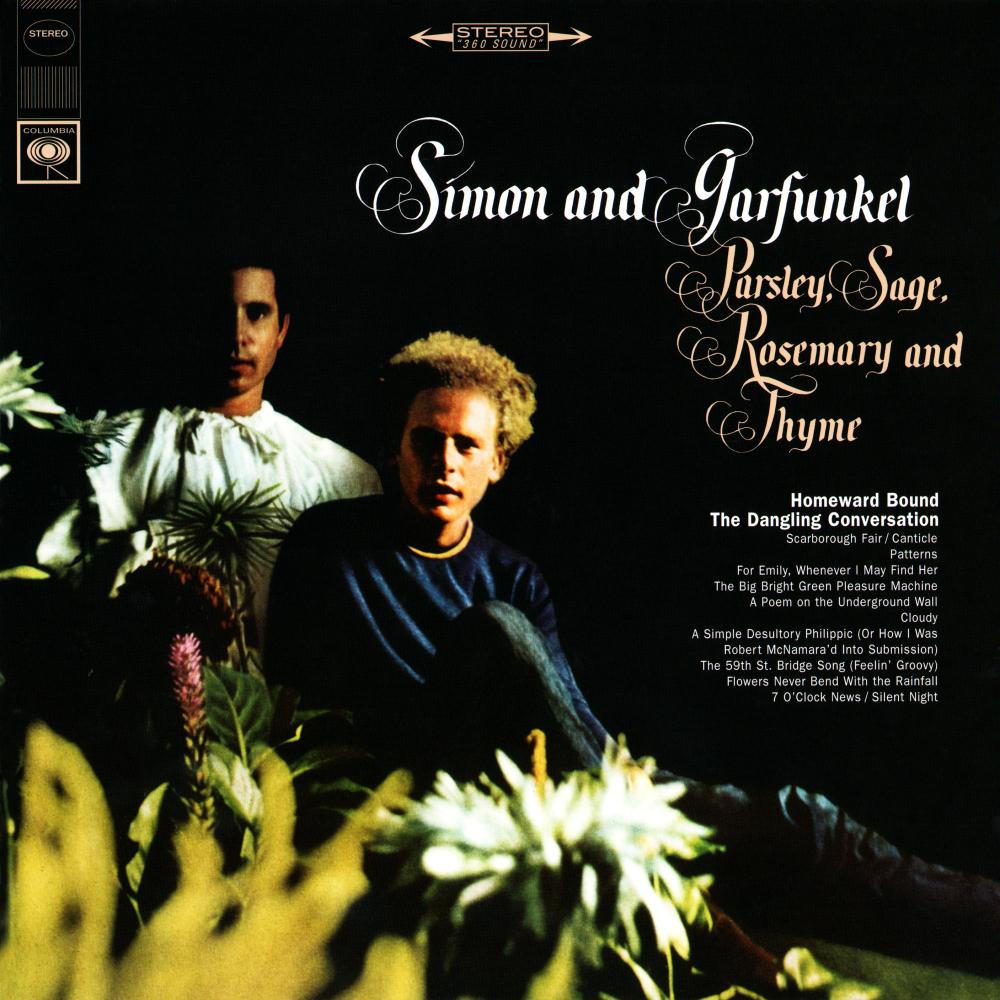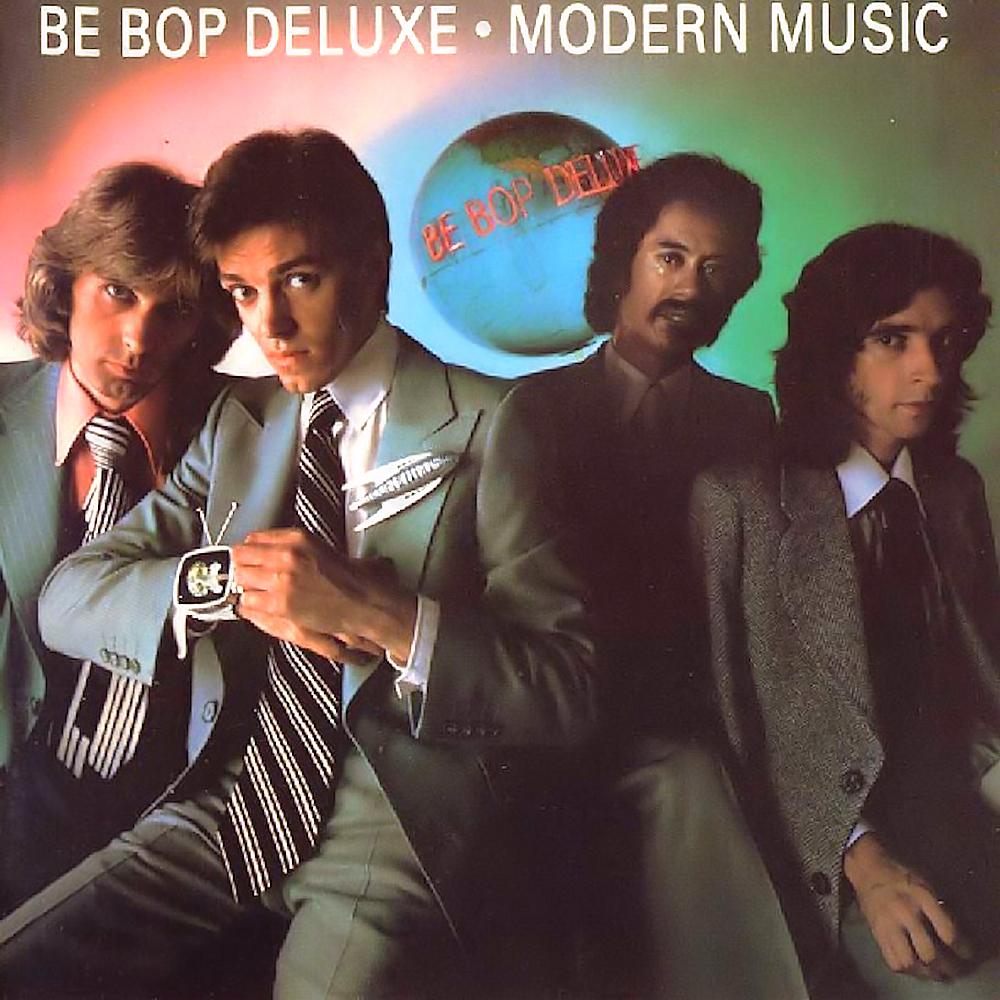
Album Information:
Album ID: 9682
About Simon & Garfunkel:
Simon & Garfunkel were an American folk-rock duo comprising of Paul Simon and Art Garfunkel. The two musicians first met in elementary school, where they started performing together as part of a school play. They later reunited in the late 1950s and began performing as a duo under the name Tom & Jerry, releasing several singles that failed to chart.
In 1964, Simon & Garfunkel released their debut album, 'Wednesday Morning, 3 A.M.', which received little commercial success. However, their fortunes changed when a producer named Tom Wilson overdubbed electric instruments onto their acoustic song 'The Sound of Silence,' turning it into an unexpected hit in 1965.
Their subsequent albums ('Sounds of Silence', 'Parsley, Sage, Rosemary, and Thyme,' 'Bookends,' and 'Bridge Over Troubled Water') showcased their signature harmonies and Simon's songwriting talent. The duo's hits included 'Mrs. Robinson,' 'Scarborough Fair/Canticle,' and 'The Boxer,' which are now considered classic folk-rock songs.
In 1970, Simon & Garfunkel decided to go their separate ways, with Simon pursuing a successful solo career, while Garfunkel turned his attention to acting and filmmaking. They reunited several times throughout the years, notably for their famous Concert in Central Park in 1981, which attracted over 500,000 people.
Despite their relatively short career as a duo, Simon & Garfunkel remain one of the most beloved and influential artists of their era, paving the way for future folk-rock musicians like Bob Dylan and James Taylor. Their music continues to resonate with audiences today, with many of their songs appearing in films, TV shows, and commercials.
About the album Parsley, Sage, Rosemary and Thyme:
Parsley, Sage, Rosemary and Thyme is the third studio album by the American folk rock duo Simon & Garfunkel, released in October 1966. The album features 12 tracks of primarily acoustic guitar and vocal-driven songs. The lyrics focus on themes of social commentary, personal introspection, and romantic loss.
The album opens with the song 'Scarborough Fair/Canticle,' a traditional English ballad which the duo reimagined as a protest song. The song features an a capella chorus, layered vocals, and fingerpicked guitar, creating a haunting and powerful sound.
The second track, 'Patterns,' is an introspective ballad about the cycles of life and the search for meaning. The song is driven by Paul Simon's fingerpicked guitar and the duo's harmonies.
The album also features several politically charged songs, including 'The Dangling Conversation,' a commentary on the superficiality of modern relationships, and 'A Simple Desultory Philippic (or How I Was Robert McNamara'd into Submission),' a satirical protest song aimed at the government's handling of the Vietnam War.
Other standout tracks on the album include 'Homeward Bound,' a melancholic reflection on the life of a travelling musician, and 'For Emily, Whenever I May Find Her,' a tender love song with Simon's guitar and Garfunkel's soaring vocals.
Overall, Parsley, Sage, Rosemary and Thyme is a masterpiece of folk rock, showcasing Simon & Garfunkel's impeccable harmonies, Simon's intricate guitar work, and their ability to craft songs that are both deeply personal and universally relatable.
Members:
Simon & Garfunkel were an American folk rock duo consisting of vocalist Art Garfunkel and guitarist Paul Simon. Here are their biographies:
Art Garfunkel:
Born on November 5, 1941 in Queens, New York, Art Garfunkel met Paul Simon in sixth grade and they later formed a duo in the early 1960s. Garfunkel's distinctive tenor voice provided the perfect complement to Simon's songwriting, and together they produced some of the most enduring folk rock hits of the 1960s, including 'Mrs. Robinson,' 'The Sound of Silence,' and 'Bridge Over Troubled Water.' Garfunkel also pursued a successful solo career, releasing several albums and acting in films.
Paul Simon:
Born on October 13, 1941 in Newark, New Jersey, Paul Simon began writing songs in his teens and formed a duo with Art Garfunkel in the early 1960s. He wrote many of the pair's biggest hits, including 'The Sound of Silence,' 'Homeward Bound,' and 'Bridge Over Troubled Water.' Simon also had a successful solo career, releasing numerous albums and winning multiple Grammy awards for his work. In addition to his music career, Simon is also a noted philanthropist and conservationist.
Track List for Parsley, Sage, Rosemary and Thyme:
Sure, here are the tracks in the album 'Parsley, Sage, Rosemary and Thyme' by Simon & Garfunkel, in order with play time and descriptions:
1. Scarborough Fair/Canticle (3:10) - A medley of the traditional English folk song 'Scarborough Fair' and a new song by Paul Simon called 'Canticle,' which features lyrics adapted from the anti-war hymn 'The Side of a Hill.'
2. Patterns (2:44) - A haunting ballad that explores the feeling of being trapped in a routine or cycle of behaviors and emotions.
3. Cloudy (2:21) - A melodic tune that features Simon's fingerpicking guitar style and contemplative lyrics about uncertainty and doubt.
4. Homeward Bound (2:30) - One of Simon's most beloved songs, 'Homeward Bound' describes the feeling of being on the road as a folk musician and longing for the comforts of home.
5. The Big Bright Green Pleasure Machine (2:44) - A satirical track that pokes fun at consumerism and the obsession with material possessions, with lively instrumentation and catchy harmonies.
6. The 59th Street Bridge Song (Feelin' Groovy) (1:55) - A joyful, upbeat tune that celebrates the simple pleasures of life and encourages listeners to slow down and appreciate the present moment.
7. The Dangling Conversation (2:37) - A melancholy ballad that explores the breakdown of communication and emotional distance in a relationship.
8. Flowers Never Bend with the Rainfall (2:14) - A catchy, uplifting song that celebrates the resilience of human spirit and encourages hope in the face of adversity.
9. A Simple Desultory Philippic (Or How I Was Robert McNamara'd into Submission) (2:23) - A sarcastic and cleverly written track that references various political figures and current events of the time, satirizing the political landscape of America in the 1960s.
10. For Emily, Whenever I May Find Her (2:04) - A tender love song that features Simon's poetic lyrics and Garfunkel's soaring vocals.
11. A Poem on the Underground Wall (1:58) - A spoken-word track that tells the story of two lovers who declare their love by writing a poem on a subway wall.
12. 7 O'Clock News/Silent Night (2:03) - An experimental track that juxtaposes a serene rendition of 'Silent Night' with a stark newscast recounting the events of the day, showcasing the album's recurring themes of war, politics, and social unrest.
I hope that helps!
Discography for Simon & Garfunkel:
Sure! Here is the complete discography for Simon & Garfunkel in chronological order:
Albums:
1. Wednesday Morning, 3 AM - October 19, 1964
2. Sounds of Silence - January 17, 1966
3. Parsley, Sage, Rosemary and Thyme - October 10, 1966
4. Bookends - April 3, 1968
5. Bridge over Troubled Water - January 26, 1970
Singles:
1. 'Hey, Schoolgirl'/'Doin' the 45's' (as Tom & Jerry) - 1957
2. 'Sparrow'/'Benedictus' (as Simon & Garfunkel) - 1964
3. 'The Sounds of Silence'/'We've Got a Groovy Thing Goin' - 1965
4. 'I Am a Rock'/'Flowers Never Bend with the Rainfall' - 1966
5. 'Homeward Bound'/'Leaves That Are Green' - 1966
6. 'A Hazy Shade of Winter'/'For Emily, Whenever I May Find Her' - 1966
7. 'At the Zoo'/'The 59th Street Bridge Song (Feelin' Groovy)' - 1967
8. 'Fakin' It'/'You Don't Know Where Your Interest Lies' - 1967
9. 'Mrs. Robinson'/'Old Friends' - 1968
10. 'The Boxer'/'Baby Driver' - 1969
11. 'Bridge over Troubled Water'/'Keep the Customer Satisfied' - 1970
12. 'Cecilia'/'The Only Living Boy in New York' - 1970
Other releases:
1. 'The Paul Simon Songbook' (as Paul Simon) - August 1965
I hope this helps!


 Last Played: 11/01/24 04:19 AM
Last Played: 11/01/24 04:19 AM Last Played: 11/01/24 04:15 AM
Last Played: 11/01/24 04:15 AM